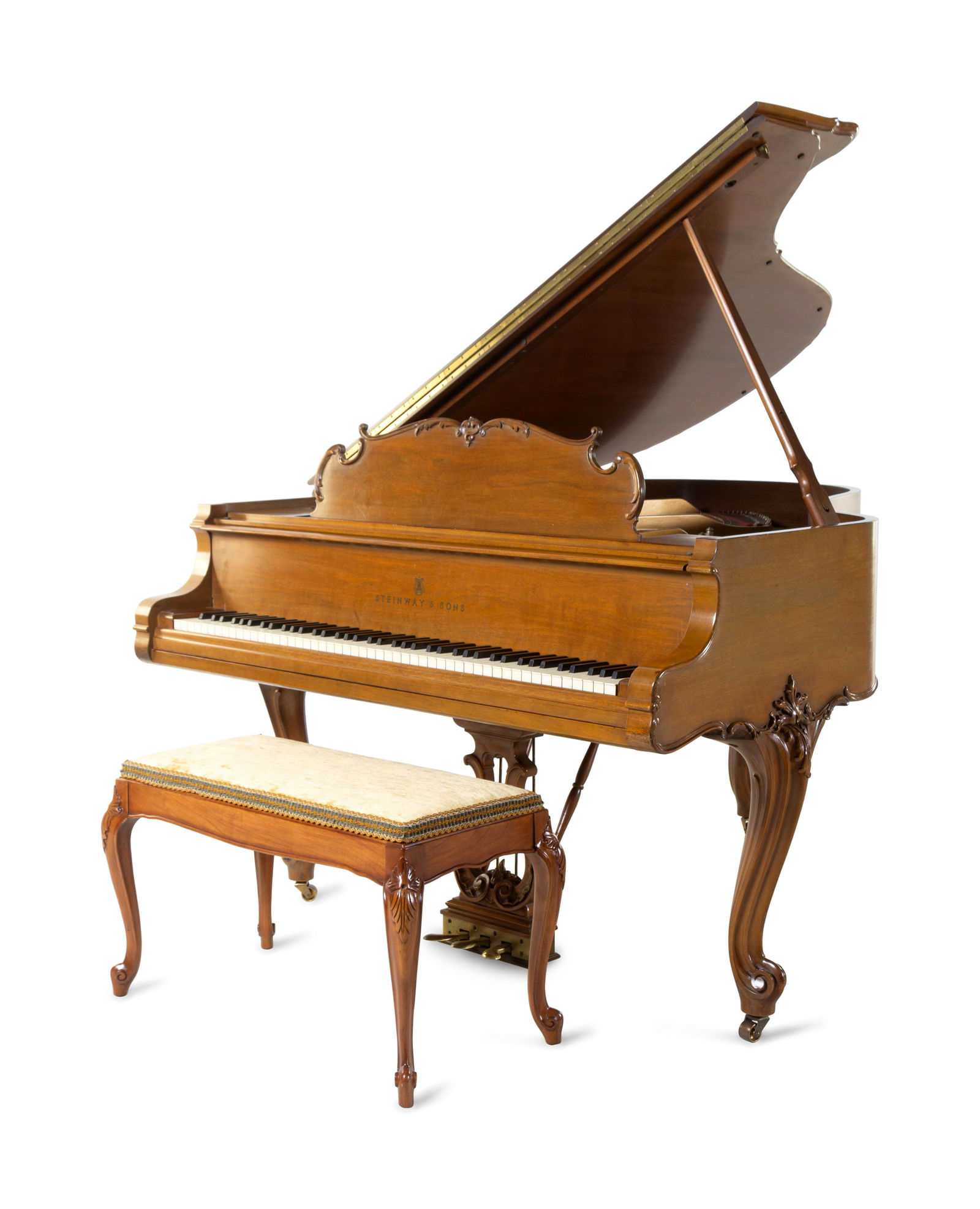
Wheelock piano serial numbers serial numbers#
Maybe that will bring back memories to those who are familiar with this vintage of Chickerings.īluebook Of Pianos HOW OLD IS YOUR PIANO? - FIND THE AGE & SERIAL NUMBER OF YOUR PIANO Some piano manufacturers place serial numbers in various places. It's got a bit of rough edges but it's not bad for a 90 year old piano that has had nothing done other than new hammers. It responded better than I thought and I really like how it sounds. I have since given this piano a proper tuning and did some minor regulation.

On this piano, they eliminated the tri-chord wrapped strings and increased the number of soundboard ribs. It seems like Chickering made a lot of variations in this length of piano. I've searched all over the internet and have found similar but not exact. On 21:47, Regi Hedahl wrote: It seems like this piano might be a bit of an oddball. I really enjoyed listening! Best regards, David. (Although this has been a Google Group for some years, it was originally an email mailing list, and is still configured to be much the same).īest regards, David B. An email mailing list is not now the first resource people think of when they want to exchange information. Email mailing lists date from an earlier time on the internet, before discussion forums (in their present forms), facebook, etc etc. Over the last few years it's been one every few months. An email list for a health condition that I've been on for twenty years used to get many many posts every day. I think email mailing lists in general are less used than was the case years ago. Bridge cap appears to be in good condition Newer set of hammers / Shanks & Flanges Here is the 1919 Chickering 123 Extremely long backscale that extends all the way to the case Regi Hedahl 13:47. Regi Hedahl 12 ribs, no soundboard cracks, nearly flat soundboard 25 notes on bass bridge Model 146? At least there is no bass bridge cantilever. I would be interested if anyone else has seen this model and what are your impressions. The treble is also kind of weak on this piano but it may be due to the hammers.

Increasing the speaking length and reducing the backscale length on the 146 seems to have been a step in the wrong direction. As far as the tone between the 2 pianos, the older Chickering 123 has a much deeper sounding bass. There are also no tri-chord wound strings like model 123. They also reduced backscale length throughout and especially for the bass bridge. The soundboard grain is also much closer to a right angle to the ribs. This Chickering 146 has fewer beams underneath but 4 additional soundboard ribs. I've also a got a 1919 Chickering 123 that's the same length and it's interesting to compare the 2 pianos.

Is it an oddball or very limited production? Only place I found any mention of this piano was in the book, 'Guide to restringing' by Travis. I did a search on the internet on “Chickering 146” but nothing came up.


 0 kommentar(er)
0 kommentar(er)
